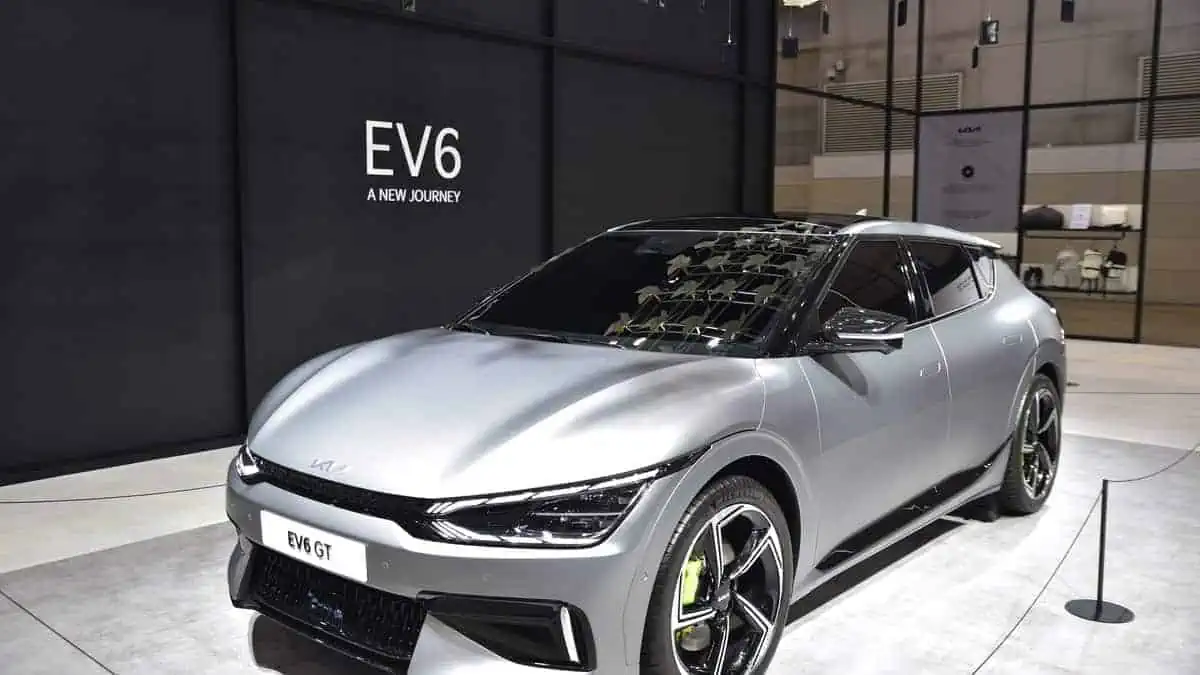The demand for electric vehicles has been ramping up due to its popularity with consumers, certain legislations, and government tax breaks. As supported by a recent Gartner report, it is estimated that 35 million electric cars will be shipped by 2030, following the 4.5 million cars in 2021 and 6 million cars in 2022.
The market for electric vehicles (EVs) has indeed reached a turning point, moving from a specialized, low-volume industry to a broad, high-volume consumer market, according to EETimes.
Legislation urges automotive manufacturers to outlook the shift to electric vehicles. In fact, Europe and China already have such legislations that will take effect in the near future. In Europe, automobiles must have zero emissions by 2035 to reduce CO₂ emissions by 15% in 2025 and 55% by 2030 (compared to 2021 levels).
In China, similar legislation requires EVs to dominate 40% of all sales by 2031.
To make it possible, automotive manufacturers must prepare for mass production without affecting its quality and ensure enough supply of batteries and electronics to achieve the sales target. Most notably, EVs must constantly improve to attract new buyers to shift from conventional vehicles.
Since the battery determines the range and charging time of an electric vehicle, two of the most important factors, automotive manufacturers make it outstanding. Although increasing the size of the battery is a quick fix to improve the car’s range, it will certainly add cost to the overall price, add to the car’s weight and take more space.
The concept of a cloud-connected smart battery would exclude all these consequences. In the cloud, a digital twin model of the battery is created utilizing data from the entire fleet of vehicles, combining physical, machine learning, and AI techniques. It can increase battery longevity while also improving range prediction and, consequently, energy efficiency. It can determine the battery’s residual value, enable faster charging which is a significant differentiator, and lower total ownership expenses.
Vendors of semiconductors are the enablers for the development of the smart battery, offering chipsets for data gathering, transmission, and processing. It must be noted that acquiring data in the car should be based on accurate, safe, and reliable local sensing capabilities and adaptable and safe cloud connectivity.
Considering that today’s DC fast chargers are still too slow for drivers in a hurry and improving the charging speed may result in technical challenges, a better approach is to increase the EV’s system voltage from the standard 400 V to 800 V. By 2025, 800 V is anticipated to be mainstream that offers faster charging although it would increase the price.
Vendors of semiconductors must prepare to offer complete system solutions that include pre-validated hardware and software. By handling the connected car’s middleware and low-level software, these solutions should free up automakers to concentrate on developing higher-level software while also allowing easier software reuse across various models.
However, tight cooperation between all participants in the value chain, including the car manufacturers, Tier 1 and system integrators, battery manufacturers, software and service providers, and semiconductor vendors, is required to fully utilize the smart battery’s capabilities. It is an essential key to driving the EVs growth as the shift to electric vehicles does not only offer safety, efficiency, and convenience but also significant environmental improvements.






